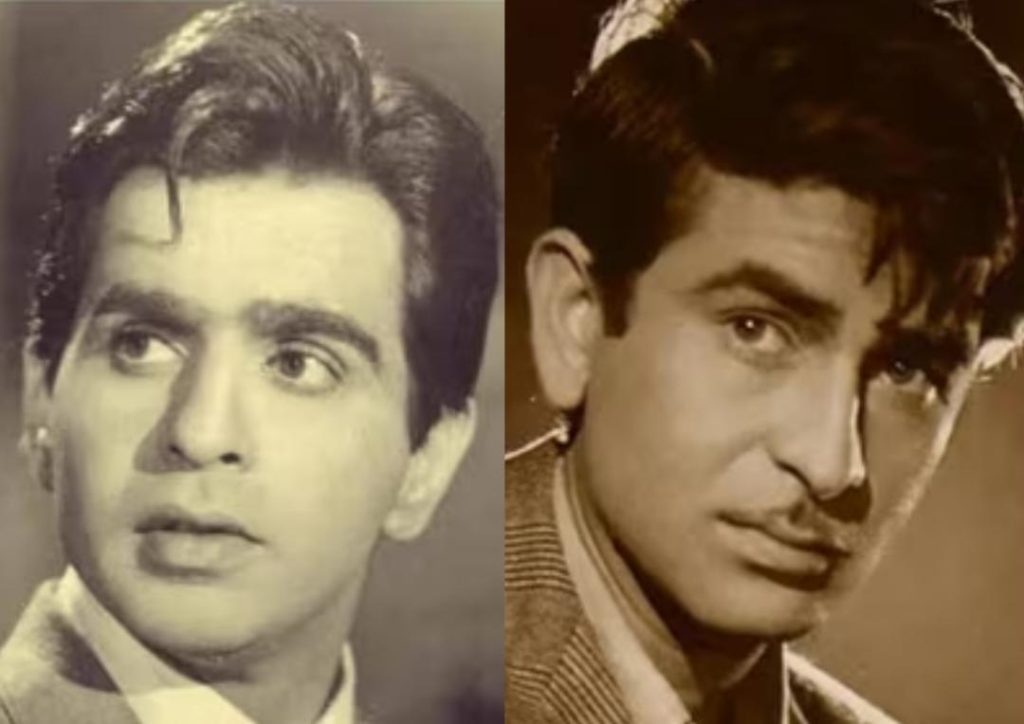
Dilip Kumar & Raj Kapoor’s Homes in Pak to be Turned into Museums
The world of cinema has lost many legends over the years, but their legacy lives on through their incredible work and the impact they had on the industry. Two of the most iconic actors of Indian cinema, Dilip Kumar and Raj Kapoor, have left behind a legacy that continues to inspire and entertain audiences even today. And, in a bid to preserve their cultural heritage, the Khyber Pakhtunkhwa government in Pakistan has announced plans to turn their ancestral homes in Peshawar into museums.
According to a recent news report, the Director of Archaeology, Dr Abdul Samad, has revealed that the construction of the museums will take place over the next two years and is expected to cost around ₹7 crore. The government aims to transform these cultural landmarks into focal points for tourists, providing a unique opportunity for visitors to step into the lives and times of these cinematic legends.
The ancestral home of Dilip Kumar, located in Qissa Khwani Bazaar in Peshawar, is a two-story building that dates back to the 18th century. Born as Muhammad Yusuf Khan, Dilip Kumar was a trailblazing actor who is widely regarded as one of the greatest actors of all time. With a career spanning over six decades, he has left behind a legacy of iconic films such as “Andaz”, “Mughal-e-Azam”, “Ganga Jamuna”, and many more.
On the other hand, Raj Kapoor’s ancestral home is located in Rawalpindi, but the government plans to renovate and shift the museum to Peshawar. Raj Kapoor, born as Ranbir Raj Kapoor, was a legendary actor, director, and producer who is known for his iconic films such as “Aag”, “Awara”, “Shree 420”, and many more. He was also the founder of the iconic film production company, R.K. Films.
The decision to turn these ancestral homes into museums is a significant step towards preserving Pakistani cultural heritage and promoting tourism in the region. The museums will not only showcase the lives and careers of these two cinematic legends but also provide a glimpse into the rich cultural and historical heritage of Pakistan.
The government’s plan to develop these museums is part of a larger effort to promote cultural tourism in the region. The Khyber Pakhtunkhwa government has been working tirelessly to develop the tourism sector, and the renovation of these ancestral homes is a significant step towards achieving this goal.
The construction of the museums will also provide employment opportunities for local artisans, craftsmen, and laborers, contributing to the economic development of the region. Moreover, the museums will serve as a symbol of cultural exchange and understanding between India and Pakistan, two nations that have a complex history and a shared cultural heritage.
The renovation of these ancestral homes into museums is a testament to the enduring legacy of Dilip Kumar and Raj Kapoor. Their films continue to entertain and inspire audiences worldwide, and their ancestral homes will now become a tangible connection to their lives and times.
In conclusion, the decision to turn Dilip Kumar and Raj Kapoor’s ancestral homes into museums is a significant step towards preserving Pakistani cultural heritage and promoting tourism in the region. The construction of these museums will not only provide a unique opportunity for visitors to experience the lives and careers of these cinematic legends but also serve as a symbol of cultural exchange and understanding between India and Pakistan.






